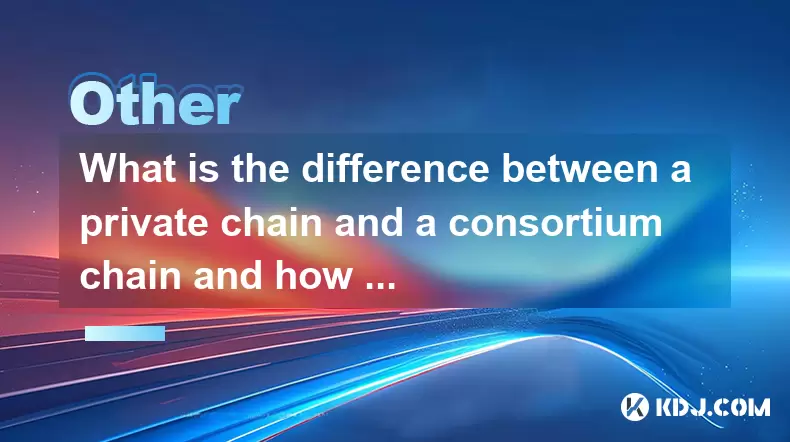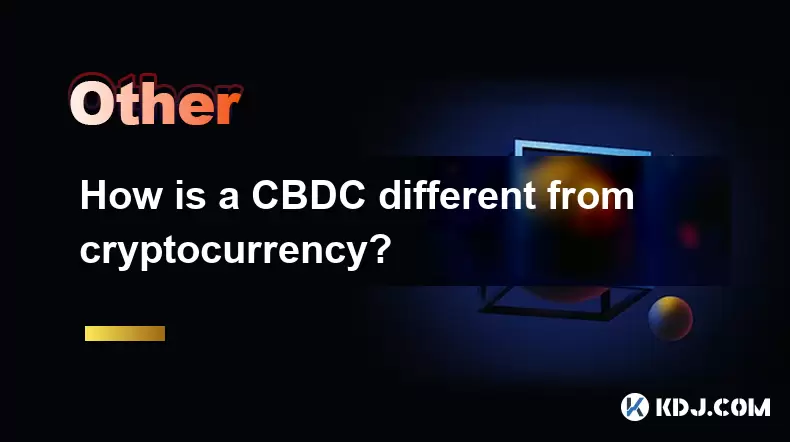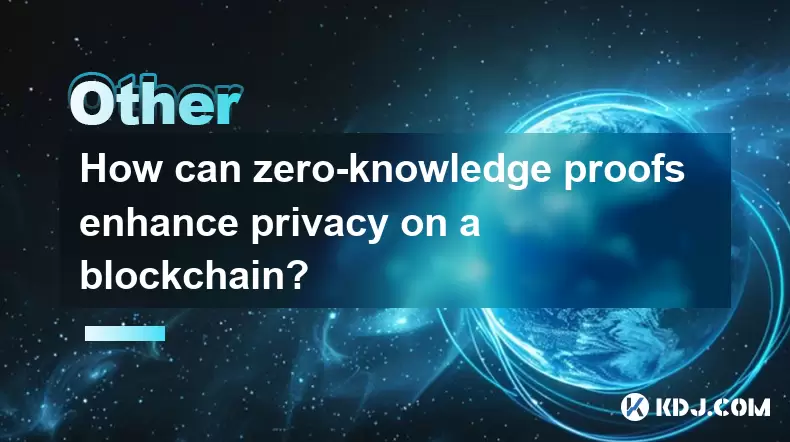-
 Bitcoin
Bitcoin $119000
-3.10% -
 Ethereum
Ethereum $4618
-2.63% -
 XRP
XRP $3.115
-5.33% -
 Tether USDt
Tether USDt $1.001
0.06% -
 BNB
BNB $848.9
-0.54% -
 Solana
Solana $195.5
-5.81% -
 USDC
USDC $0.9999
0.00% -
 Dogecoin
Dogecoin $0.2289
-8.32% -
 TRON
TRON $0.3585
-2.01% -
 Cardano
Cardano $0.9235
-6.55% -
 Hyperliquid
Hyperliquid $48.30
1.17% -
 Chainlink
Chainlink $22.72
-4.32% -
 Sui
Sui $3.803
-6.61% -
 Stellar
Stellar $0.4267
-6.87% -
 Bitcoin Cash
Bitcoin Cash $594.4
-5.04% -
 Ethena USDe
Ethena USDe $1.001
0.08% -
 Hedera
Hedera $0.2516
-6.97% -
 Avalanche
Avalanche $25.00
-2.26% -
 Litecoin
Litecoin $121.9
-8.37% -
 UNUS SED LEO
UNUS SED LEO $9.527
2.75% -
 Toncoin
Toncoin $3.425
-5.14% -
 Shiba Inu
Shiba Inu $0.00001299
-6.90% -
 Uniswap
Uniswap $10.97
-8.20% -
 Polkadot
Polkadot $4.009
-6.42% -
 OKB
OKB $94.96
-9.95% -
 Dai
Dai $1.000
0.03% -
 Bitget Token
Bitget Token $4.634
-3.48% -
 Cronos
Cronos $0.1566
-6.09% -
 Ethena
Ethena $0.7206
-5.45% -
 Aave
Aave $312.2
-7.49%
What is the difference between a private chain and a consortium chain and how do you choose one?
Private chains offer centralized control for single organizations, while consortium chains distribute governance among multiple entities for collaborative efforts.
May 15, 2025 at 04:49 pm

In the world of blockchain technology, the terms "private chain" and "consortium chain" often come up, especially when discussing enterprise solutions. Understanding the differences between these two types of blockchains is crucial for making informed decisions about which one to use for specific applications. This article will delve into the distinctions between private chains and consortium chains, and provide guidance on how to choose the right one for your needs.
Definition of Private Chain
A private chain, also known as a permissioned blockchain, is a type of blockchain where access is restricted to a single organization or entity. In a private chain, the network is controlled by a single authority that decides who can join the network, validate transactions, and access the data stored on the blockchain. This centralized control allows for greater privacy and efficiency, as the organization can tailor the blockchain to meet its specific needs.
Definition of Consortium Chain
A consortium chain, on the other hand, is a type of blockchain where access is controlled by a group of organizations rather than a single entity. In a consortium chain, multiple organizations come together to form a network where they collectively manage the blockchain. Each organization in the consortium has a say in the governance of the network, and they share the responsibility of validating transactions and maintaining the integrity of the blockchain. This collaborative approach can be beneficial for industries where multiple stakeholders need to work together securely and efficiently.
Key Differences Between Private and Consortium Chains
The primary difference between a private chain and a consortium chain lies in the governance and control of the network. In a private chain, a single organization has full control over the network, whereas in a consortium chain, control is distributed among multiple organizations. This difference in governance structure has several implications for the functionality and use cases of each type of blockchain.
Control and Governance: In a private chain, the single controlling entity can make decisions quickly and implement changes without needing to consult other parties. In contrast, a consortium chain requires consensus among the participating organizations, which can lead to slower decision-making but ensures that all stakeholders have a voice in the network's governance.
Security and Trust: Private chains can offer higher levels of security and trust within the controlling organization, as they can implement strict access controls and auditing mechanisms. Consortium chains, while still secure, rely on the trust and cooperation of multiple organizations, which can introduce additional risks if one of the members acts maliciously.
Scalability and Performance: Private chains can be optimized for high performance and scalability, as the controlling entity can fine-tune the network to meet its specific needs. Consortium chains may face challenges in achieving the same level of performance, as they need to balance the needs and capabilities of multiple organizations.
Use Cases: Private chains are often used for internal processes within a single organization, such as supply chain management, internal auditing, and data management. Consortium chains are more suitable for scenarios where multiple organizations need to collaborate, such as in banking consortia, supply chain networks involving multiple companies, and industry-specific data sharing initiatives.
How to Choose Between a Private Chain and a Consortium Chain
Choosing between a private chain and a consortium chain depends on several factors, including the specific requirements of your project, the level of control you need, and the nature of the collaboration among stakeholders. Here are some considerations to help you make an informed decision:
Control and Autonomy: If your organization requires full control over the blockchain and the ability to make quick decisions, a private chain may be the best choice. This is particularly relevant for internal processes where you do not need to involve external parties.
Collaboration and Governance: If your project involves multiple organizations that need to work together and share governance responsibilities, a consortium chain is likely more suitable. This is ideal for scenarios where trust and cooperation among different entities are essential.
Security and Privacy: If your primary concern is maintaining high levels of security and privacy within your organization, a private chain can offer the necessary controls and auditing mechanisms. However, if you need to ensure security across multiple organizations, a consortium chain can provide a balanced approach to trust and security.
Scalability and Performance: If your project requires high performance and scalability, a private chain can be optimized to meet these needs. However, if you need to balance performance with the requirements of multiple organizations, a consortium chain may be more appropriate.
Use Case and Industry: Consider the specific use case and industry you are operating in. For example, if you are managing internal processes within a single company, a private chain is likely the best fit. If you are part of a consortium of banks or a supply chain network involving multiple companies, a consortium chain would be more suitable.
Implementing a Private Chain
If you decide that a private chain is the right choice for your project, here are the steps to implement one:
Choose a Blockchain Platform: Select a blockchain platform that supports private chains, such as Hyperledger Fabric, Corda, or Ethereum with private network configurations. Each platform has its own strengths and features, so choose one that aligns with your project's requirements.
Set Up the Network: Configure the network according to your organization's needs. This includes setting up nodes, defining access controls, and establishing the governance structure. For example, in Hyperledger Fabric, you would set up the ordering service, peer nodes, and define the membership service provider (MSP).
Develop Smart Contracts: Write smart contracts to automate business processes and enforce rules on the blockchain. These smart contracts should be tailored to your specific use case and tested thoroughly to ensure they function as intended.
Deploy and Test: Deploy the private chain on your chosen platform and conduct thorough testing to ensure that the network operates as expected. This includes testing the performance, security, and functionality of the blockchain.
Integrate with Existing Systems: Integrate the private chain with your existing systems and processes. This may involve developing APIs or using middleware to connect the blockchain with your enterprise software.
Monitor and Maintain: Continuously monitor the performance and security of the private chain and make necessary updates and improvements. This includes regular audits, performance tuning, and staying up-to-date with the latest security patches and features.
Implementing a Consortium Chain
If you decide that a consortium chain is the right choice for your project, here are the steps to implement one:
Form the Consortium: Identify and engage the organizations that will participate in the consortium. Establish a governance structure that outlines the roles and responsibilities of each member and the decision-making process.
Choose a Blockchain Platform: Select a blockchain platform that supports consortium chains, such as Hyperledger Fabric, Corda, or Quorum. Consider the needs and capabilities of all consortium members when choosing the platform.
Set Up the Network: Configure the network according to the consortium's needs. This includes setting up nodes for each member organization, defining access controls, and establishing the governance structure. For example, in Hyperledger Fabric, you would set up the ordering service, peer nodes, and define the MSP for each organization.
Develop Smart Contracts: Write smart contracts that reflect the collaborative nature of the consortium. These smart contracts should be agreed upon by all members and tested thoroughly to ensure they function as intended.
Deploy and Test: Deploy the consortium chain on your chosen platform and conduct thorough testing to ensure that the network operates as expected. This includes testing the performance, security, and functionality of the blockchain, as well as the interoperability between different organizations.
Integrate with Existing Systems: Integrate the consortium chain with the existing systems and processes of each member organization. This may involve developing APIs or using middleware to connect the blockchain with enterprise software across different organizations.
Monitor and Maintain: Continuously monitor the performance and security of the consortium chain and make necessary updates and improvements. This includes regular audits, performance tuning, and staying up-to-date with the latest security patches and features, as well as ensuring that all members adhere to the governance structure.
Frequently Asked Questions
Q: Can a private chain be converted to a consortium chain?
A: Yes, it is possible to convert a private chain to a consortium chain, but it requires careful planning and coordination. You would need to modify the governance structure, invite new members, and adjust the network configuration to accommodate multiple organizations. This process can be complex and may require significant changes to the existing blockchain infrastructure.
Q: Are there any regulatory considerations when choosing between a private and a consortium chain?
A: Yes, regulatory considerations can play a significant role in choosing between a private and a consortium chain. Depending on the industry and jurisdiction, there may be specific regulations governing data privacy, security, and collaboration among organizations. It is essential to consult with legal experts to ensure that your chosen blockchain solution complies with all relevant regulations.
Q: How do private and consortium chains handle data privacy differently?
A: Private chains typically offer higher levels of data privacy, as the controlling organization can implement strict access controls and encryption mechanisms to protect sensitive data. Consortium chains, while still secure, require trust and cooperation among multiple organizations, which can introduce additional risks to data privacy. However, consortium chains can implement privacy-enhancing technologies, such as zero-knowledge proofs, to mitigate these risks.
Q: Can a consortium chain be used for public blockchain applications?
A: While consortium chains are designed for collaboration among a group of organizations, they can be adapted for certain public blockchain applications. For example, a consortium chain could be used to manage a public infrastructure project where multiple government agencies and private companies need to collaborate. However, for fully decentralized public blockchains like Bitcoin or Ethereum, a consortium chain would not be suitable due to the need for open participation and decentralized governance.
Disclaimer:info@kdj.com
The information provided is not trading advice. kdj.com does not assume any responsibility for any investments made based on the information provided in this article. Cryptocurrencies are highly volatile and it is highly recommended that you invest with caution after thorough research!
If you believe that the content used on this website infringes your copyright, please contact us immediately (info@kdj.com) and we will delete it promptly.
- Kazakhstan's Crypto Leap: Bitcoin ETF and Central Asia's Digital Finance Future
- 2025-08-13 12:45:19
- BlockDAG Presale Blazes Past $371M: Fundraising Frenzy Fuels Crypto Sensation
- 2025-08-13 13:05:21
- Meme Coins: Chasing the 2025 Surge – Which Will Moonshot?
- 2025-08-13 10:25:23
- Bitcoin's Wild Ride: Rally, Pullback, and What's Next
- 2025-08-13 10:25:23
- Bitcoin, Bitmax, and Institutional Demand: A New Era of Crypto Investment
- 2025-08-13 10:45:12
- Solana, ROAM, and Airdrops: What's the Buzz in 2025?
- 2025-08-13 11:35:13
Related knowledge

How does blockchain enable Web3?
Aug 13,2025 at 11:35am
Understanding the Role of Blockchain in Web3 InfrastructureBlockchain serves as the foundational layer upon which Web3 is built, enabling a decentrali...

How is a CBDC different from cryptocurrency?
Aug 12,2025 at 09:21am
Understanding the Core Nature of CBDCsA Central Bank Digital Currency (CBDC) is a digital form of a country’s sovereign currency, issued and regulated...

What is a CBDC (Central Bank Digital Currency)?
Aug 13,2025 at 11:36am
Understanding the Concept of a Central Bank Digital CurrencyA CBDC (Central Bank Digital Currency) is a digital form of a country’s fiat currency that...

How can zero-knowledge proofs enhance privacy on a blockchain?
Aug 12,2025 at 02:15am
Understanding Zero-Knowledge Proofs in Blockchain ContextZero-knowledge proofs (ZKPs) are cryptographic protocols that allow one party (the prover) to...

How does blockchain governance work?
Aug 13,2025 at 11:35am
Understanding Blockchain GovernanceBlockchain governance refers to the mechanisms and processes through which decisions are made about the development...

What is on-chain vs. off-chain data?
Aug 13,2025 at 11:35am
Understanding On-Chain Data in CryptocurrencyOn-chain data refers to all information that is permanently recorded and stored directly on a blockchain....

How does blockchain enable Web3?
Aug 13,2025 at 11:35am
Understanding the Role of Blockchain in Web3 InfrastructureBlockchain serves as the foundational layer upon which Web3 is built, enabling a decentrali...

How is a CBDC different from cryptocurrency?
Aug 12,2025 at 09:21am
Understanding the Core Nature of CBDCsA Central Bank Digital Currency (CBDC) is a digital form of a country’s sovereign currency, issued and regulated...

What is a CBDC (Central Bank Digital Currency)?
Aug 13,2025 at 11:36am
Understanding the Concept of a Central Bank Digital CurrencyA CBDC (Central Bank Digital Currency) is a digital form of a country’s fiat currency that...

How can zero-knowledge proofs enhance privacy on a blockchain?
Aug 12,2025 at 02:15am
Understanding Zero-Knowledge Proofs in Blockchain ContextZero-knowledge proofs (ZKPs) are cryptographic protocols that allow one party (the prover) to...

How does blockchain governance work?
Aug 13,2025 at 11:35am
Understanding Blockchain GovernanceBlockchain governance refers to the mechanisms and processes through which decisions are made about the development...

What is on-chain vs. off-chain data?
Aug 13,2025 at 11:35am
Understanding On-Chain Data in CryptocurrencyOn-chain data refers to all information that is permanently recorded and stored directly on a blockchain....
See all articles

























































































